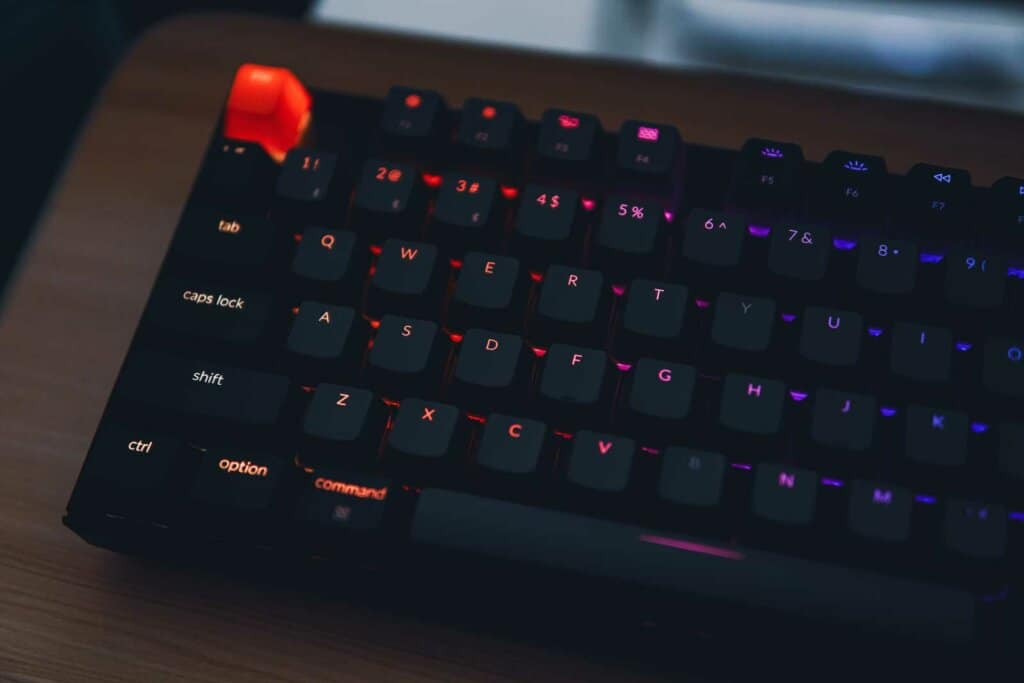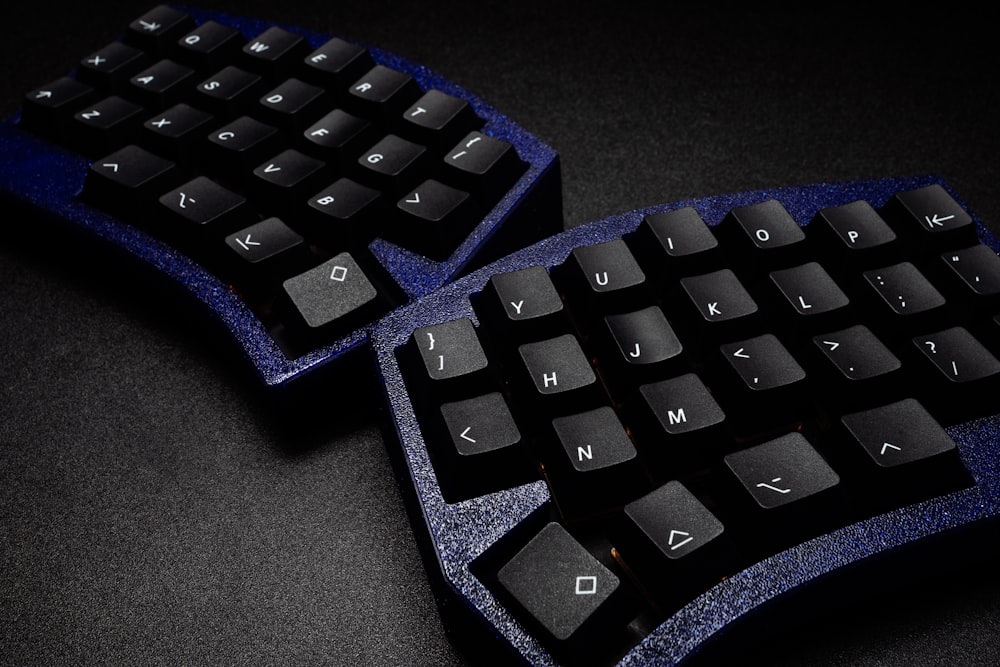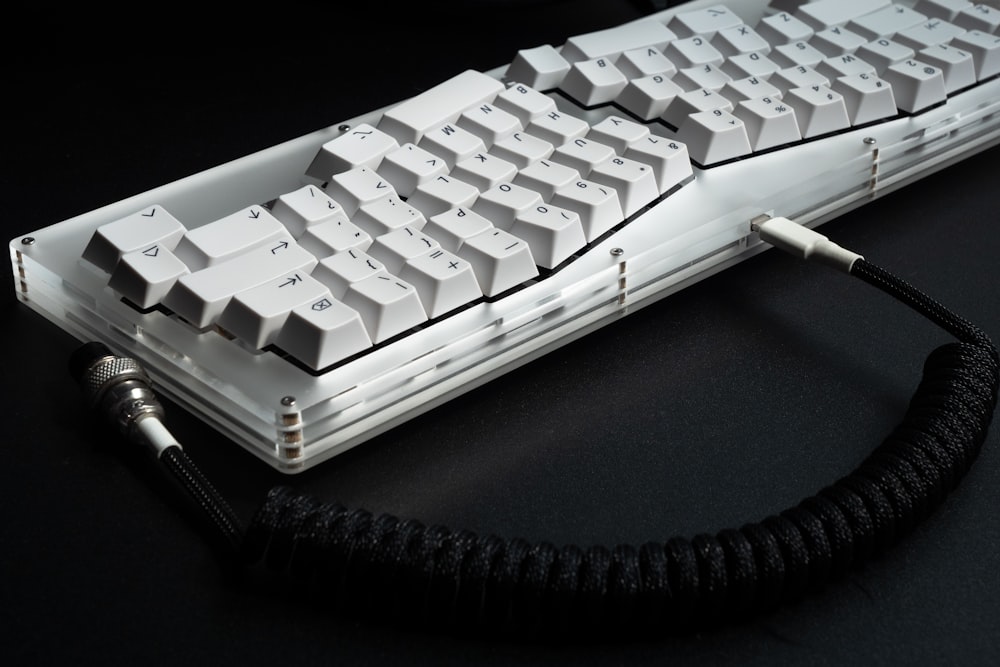If you’ve ever experienced wrist soreness or fatigue, or both after working on your computer for long periods of time then you know it can really interfere with your productivity.
For those who frequently use a keyboard, switching to the ergonomic designed mechanical keyboard can be extremely beneficial.
Using a mechanical keyboard can be a lot better for your hands and wrists when you’ve got it set up correctly and you use it right. Mechanical keyboards can be better for your hands and wrists because they offer a more comfortable operation experience due to the types of switches they use and their ability to be customized specifically to your needs.
To see if a mechanical keyboard is the answer for you, keep reading because I’m covering everything you need to know about how a mechanical keyboard compares to traditional keyboards and how they can work best for you.
By the way – before we get too far along here, if you want to get more great ideas for your home office and connect with other home office hackers to make your space the best join my free private Facebook group, Battle Station Setup here.
Are Mechanical Keyboards Better For Your Hands Than Other Types of Keyboards?
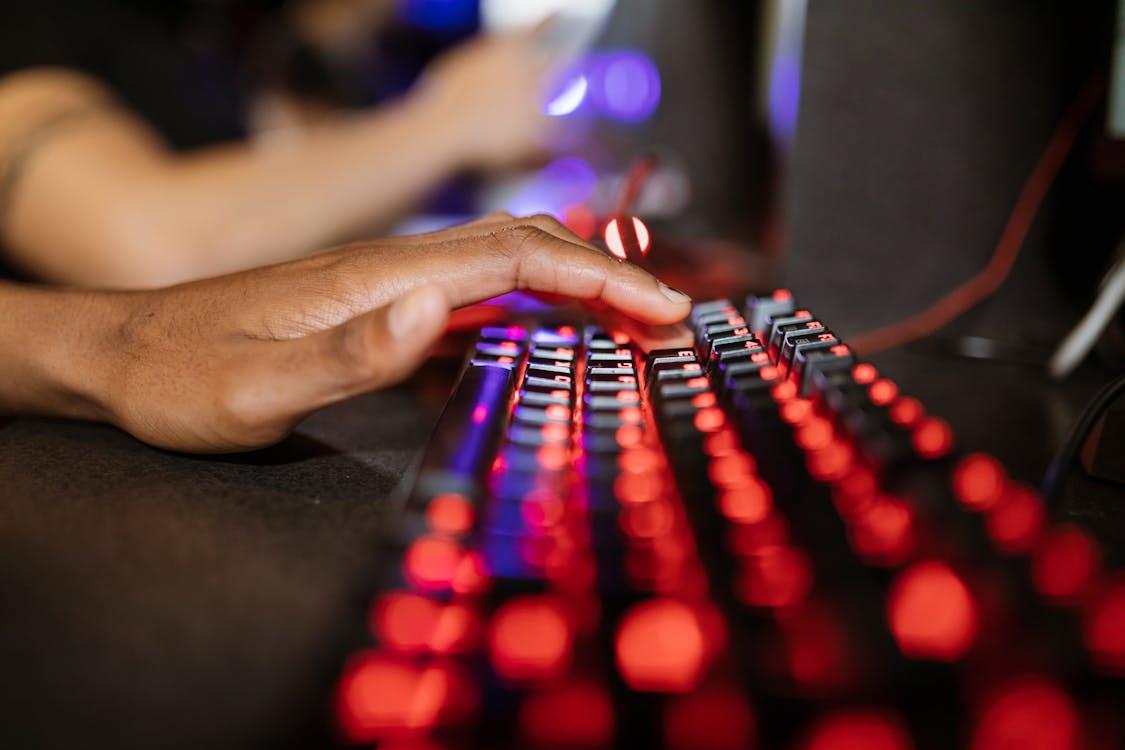
Mechanical keyboards are better for your hands than other keyboards because of the way they’re designed and operate.
Mechanical keyboards have an advantage over regular keyboards in that they provide a much more comfortable typing experience.
This is because they offer keystrokes that can be highly customized to your specific needs whereas traditional keyboards do not offer that kind of customization.
One of the biggest things that mechanical keyboard users love is how they are able to dial in the perfect distance for key travel by choosing a specific type of switch.
Key travel is the distance that the keycap and key mechanism travel in order to register a key press.
When you combine key travel with the available tactile feedback that’s built in to certain types of keyboard switches, your typing experience not only becomes more enjoyable, but more comfortable too.
Mechanical Keyboards Can Help With Repetitive Stress Injuries
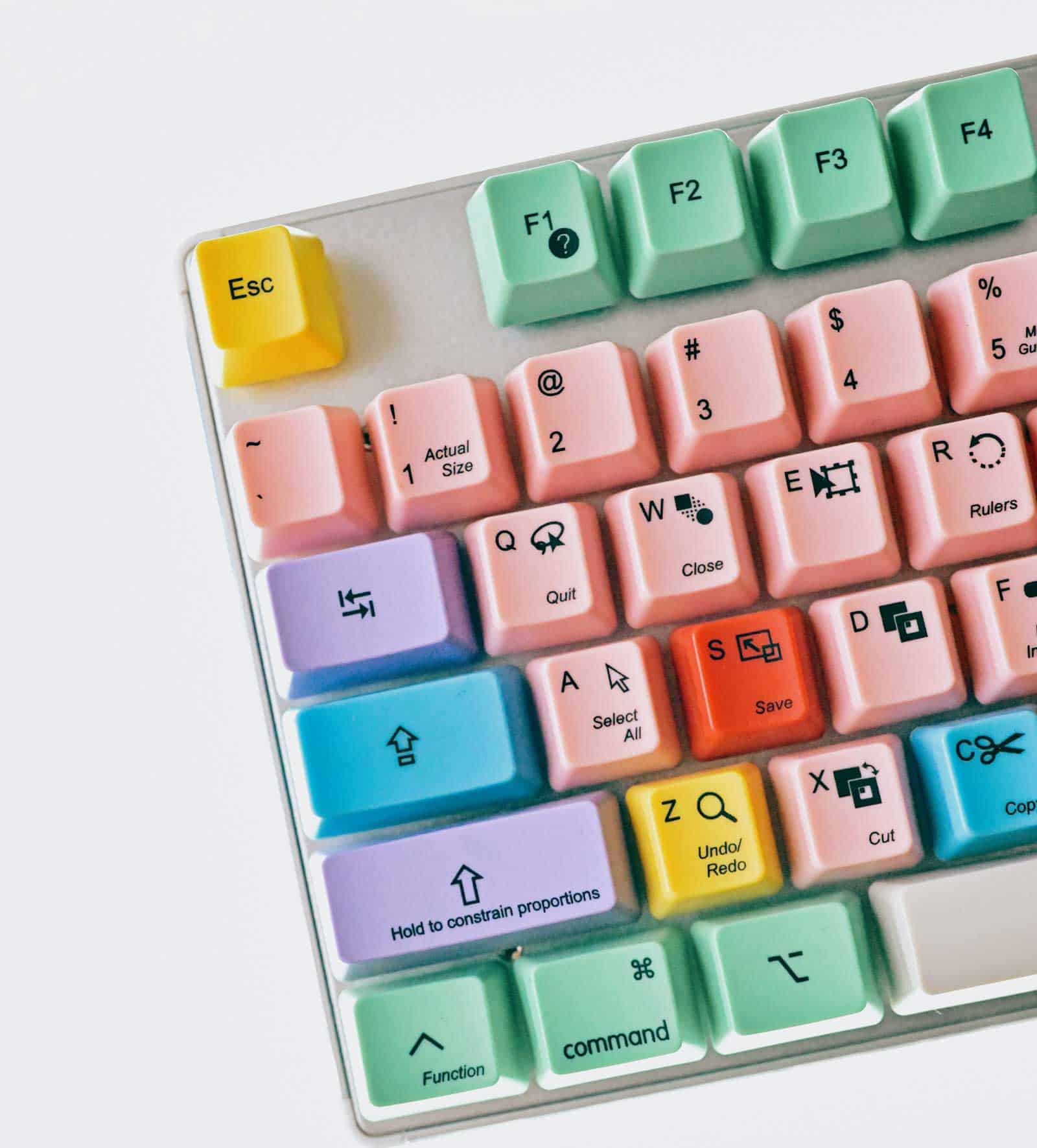
Using any keyboard – doesn’t matter what type of keyboard it is, whether it’s a mechanical keyboard, or a membrane keyboard – can cause fatigue and wrist injuries if you use it too much without stretching.
If you’re a typist, you know how incredibly valuable stretching out your typing muscles is in order to maximize comfort, performance, and accuracy.
Improper use of any keyboard can result in repetitive stress injuries like carpal tunnel syndrome, regardless of what kind of keyboard you use.
The best way to prevent repetitive strain injury is to stretch before and after working on your computer.
However, there are a lot of benefits to using a mechanical keyboard that you don’t get with a traditional keyboard.
So if you’ve struggled with repetitive stress injuries due to keyboard use, doing the proper stretches and using a mechanical keyboard just might be the answer for getting back to a normal life and being able to do your job without that pain and discomfort.
Why Do I Need To Use A Mechanical Keyboard?
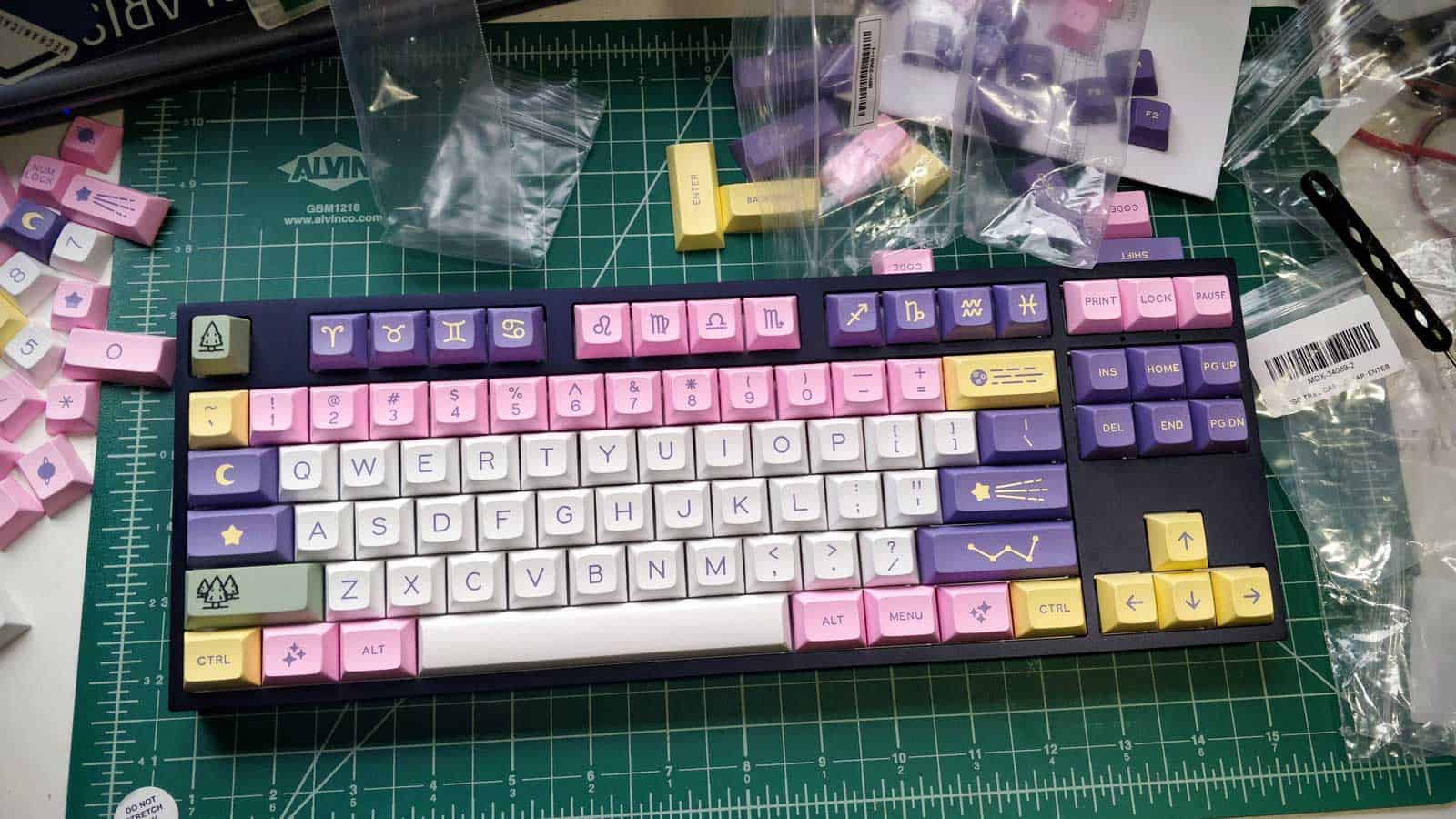
Mechanical keyboards are wildly popular with users who prefer the tactile feedback and audible clicks they provide. However, mechanical keyboards are actually better than regular keyboards, or membrane keyboards, for other reasons, too.
Unlike a standard keyboard, a genuine mechanical keyboard is less likely to cause wrist pain and limb exhaustion. Those of us who work at home or game frequently know that these symptoms can come on quickly if we aren’t typing in a comfortable position.
Mechanical Keyboards Are More Ergonomic
Mechanical keyboards come in a variety of different styles and layout configurations, but most importantly, they’re also ergonomic and can be easy on your hands.
You can buy mechanical keyboards in the layout you prefer so you don’t have to go through any annoying muscle memory mishaps.
I say they can be easy on your hands, because it depends on the switch you’re using in your mechanical keyboard.
Some switches like Cherry MX Black switches have stiffer springs which can be more challenging to operate.
Conversely, the Cherry MX Brown switches are a good blend between gaming performance and typing capabilities.
They’re also ergonomic.
Many types of mechanical keyboards are equipped with wrist-rests out of the box, which can aid getting your wrists positioned in a natural angle, and will put your hands and fingertips into optimal position to maximize comfort while typing over long periods of time.
In addition, they’re also highly customizable and more durable than standard, traditional style keyboards.
Cloud Nine C989M Ergonomic Mechanical Keyboard – Cherry MX Brown Switches – RGB Light Up LED Backlit with USB – Ergo Split Key Board with Macro for PC
- SPLIT KEYBOARD DESIGN – Helps ELIMINATE Wrist and Shoulder PAIN while you type. By keeping your hands and arms properly aligned, this ergo keyboard helps provide PAIN-FREE typing for 8+ hours day.
- BUILT IN-TENTING (& palm support) – Your hands stay COMFORTABLE all day with 7 degrees of angle built into the tented palm supports. The FULL SIZED molded wrist rests keep your hands in TYPING BLISS because they stay in a NATURAL position.
Razer Huntsman V2 TKL Tenkeyless Gaming Keyboard: Fastest Linear Optical Switches Gen2 w/Sound Dampeners & 8000Hz Polling Rate – Detachable TypeC Cable – Doubleshot PBT Keycaps – Ergonomic Wrist Rest
- Razer Linear Optical Switches Gen-2: Improved with sound dampeners for an even quieter typing experience, the smooth, consistent switches are now also more responsive with up to true 8000Hz polling rate for lower input latency
- Doubleshot PBT Keycaps: Harder and more durable than regular keycaps, these won’t wear down to a shiny finish and have labels which will never fade thanks to their doubleshot molding process
Mistel BAROCCO MD770 RGB Wired + Wireless Bluetooth TKL Split Mechanical Keyboard with Cherry MX Red Switch, Ergonomic Gaming Keyboard, Yellow Letter Glaze Blue PBT DoubleShot Keycaps, Macro Support
- Mechanical keyboard with Cherry MX Red Switches (Linear): A linear, lighter but does not have tactile bump and audible click found compared with Cherry MX Blue switches. Cherry MX Red is ideal for gaming where the low articulation force and linear path allow for quick successive key presses. Typing with Cherry MX Red switches is similar to browns, though it does lack tactile feedback and It is always the best preference for gamers.
- Unique Split and Lightweight Keyboard: LEAN AND MEAN New Slim, Light-Weight Design. The 75% layout 85 keys design PC keyboard with only 34.5mm Tall. The split ergonomic keyboard lets you keep your wrists at a neutral angle, decreasing pressure and strain over time. You can also adjust the width between the two halves, placing them in front of your shoulders to reduce internal shoulder rotation.
Thanks to their design, using a mechanical keyboard instead of a regular keyboard or the keyboard that comes standard with your laptop is less likely to cause repetitive stress injuries.
Mechanical Keyboard Design
Not all mechanical keyboards are designed the same way. That’s because not every mechanical keyboard user has the same needs.
One aspect of mechanical keyboards that makes them so popular is how customizable and unique one keyboard can be from the next.
However, users who rely on ergonomic keyboards with mechanical switches for comfort and hand health tend to gravitate towards mechanical keyboards with one or more of the following characteristics:
- Small, compact design – Mechanical keyboards are usually smaller and contain fewer keys than standard keyboards.
- Split design – Ergonomic mechanical keyboards can be split and adjusted on a desk, which creates better posture.
- Tenting angle – Keyboards that tent are high in the middle and slope down on the sides like a tent, which puts less strain on the wrists and forearms.
- Negative tilt – Ergonomic keyboards often tilt down in the back so the wrist side is higher and more comfortable.
- Curved edges – Curved keyboards fit our hands, allowing our fingers to sit in a natural position.
The options above won’t be found on the average mechanical keyboard, which is typically flat and rectangular. However, even standard mechanical keyboards are easy on the hands.
Different mechanical keyboard layouts focus on hand and forearm comfort, creating key paths that diminish muscle strain.
Mechanical Keyboards vs. Membrane Keyboards
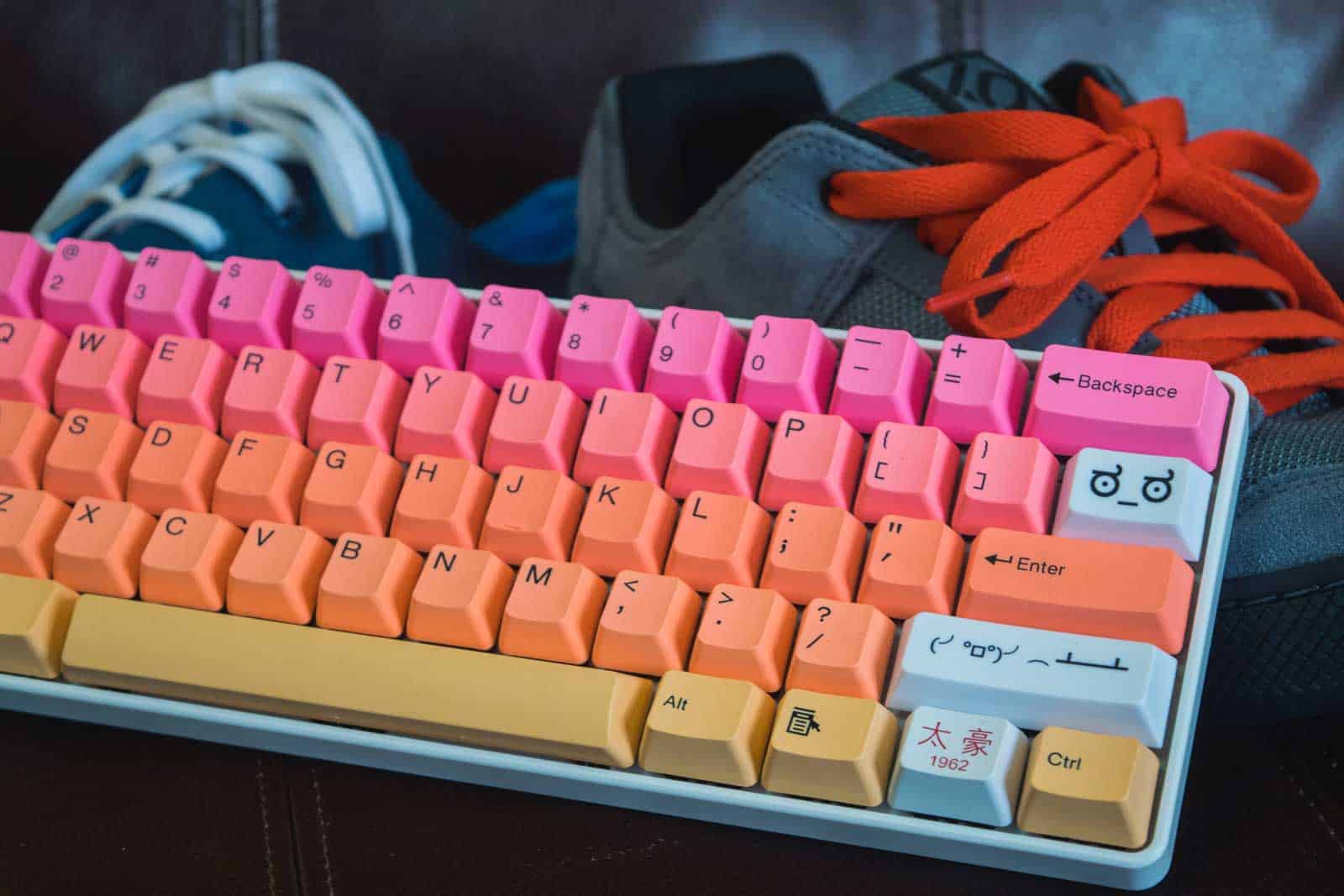 When it comes to keyboards, the two primary options are mechanical and membrane.
When it comes to keyboards, the two primary options are mechanical and membrane.
Mechanical keyboards include switches, keycaps, and customization options that membrane keyboards don’t.
Membrane keyboards have a membrane layer underneath the keys. Because of this middle layer, membrane keyboards are much quieter than mechanical keyboards. However, they are also less responsive.
Mechanical keyboards respond immediately to the push of a key because there is no mushy layer of rubber in between. There is a huge difference in terms of response time.
When it comes to hand health and comfort, someone who is using a keyboard for hours at a time will likely find mechanical to be the best choice.
While this seems like simple preference or convenience, this can factor into overall comfort and wellness after hours and hours spent typing every day.
Even though mechanical keyboards can be quite a bit more expensive than their membrane counterparts, their tremendous reliability and durability make them far worth it.
Mechanical Keyboards Reduce Wrist Stress and Finger Travel
Thanks to their physical switches, mechanical keyboards provide auditory feedback and immediately register key presses.
Gamers prefer mechanical gaming keyboards because they can press multiple keys simultaneously and each will be understood.
Whether you’re working all day in your office or gaming recreationally, a keyboard that can reduce the amount of work you have to put in is absolutely better for your hands overall.
Immediate Key Presses
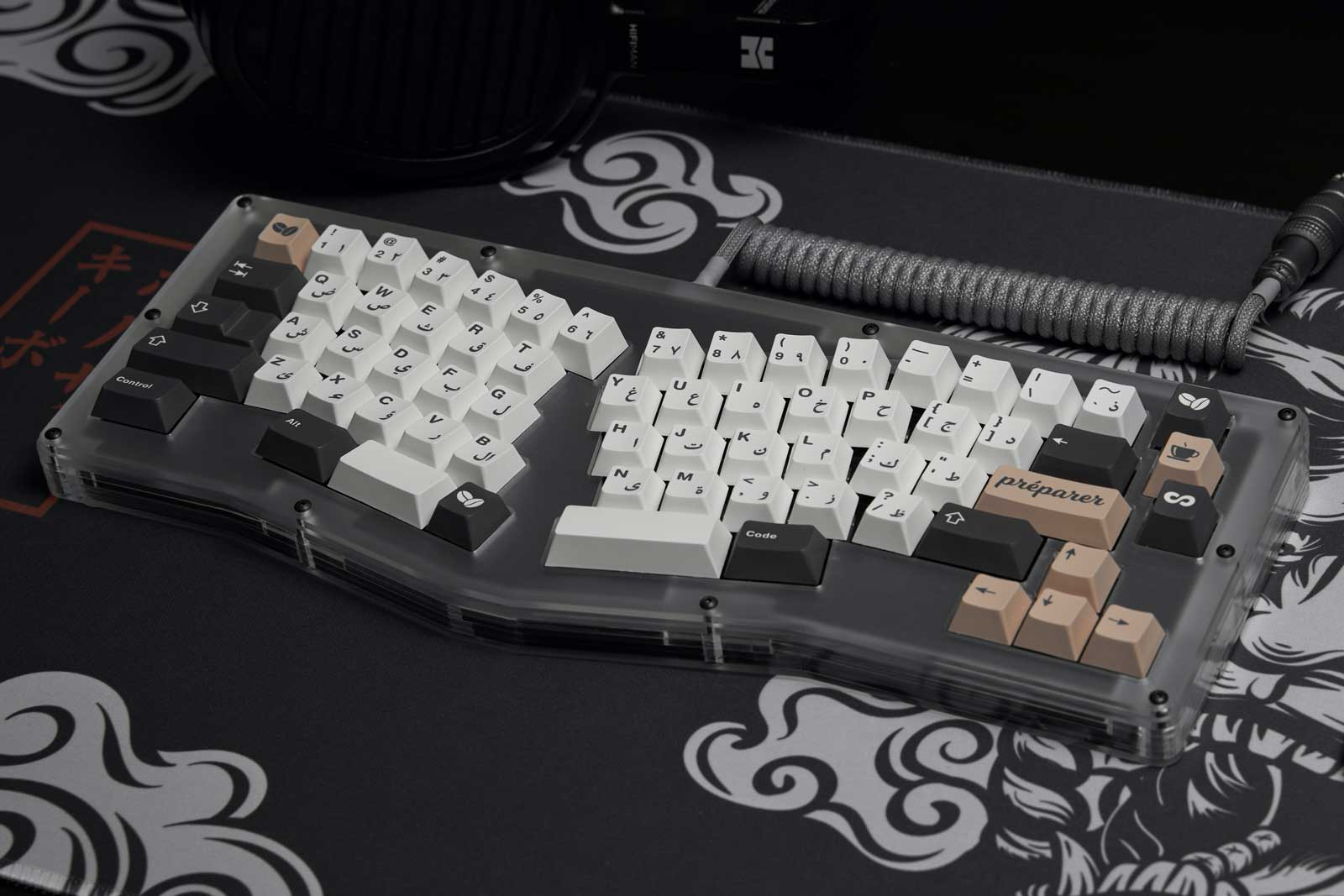 Mechanical keys sit higher than the keys on a membrane keyboard. Your fingers do not have to travel as far to press each key and accomplish each typing task.
Mechanical keys sit higher than the keys on a membrane keyboard. Your fingers do not have to travel as far to press each key and accomplish each typing task.
Because the mechanical switches are extremely responsive, accomplished typists make fewer mistakes. The intention behind each keystroke is followed through.
The less time spent correcting mistakes caused by lag and unresponsive keyboards, the less damage a person’s fingers, wrist, forearm, and shoulders will undergo each workday.
Are Mechanical Keyboards Better For Carpal Tunnel Syndrome?
 Mechanical keyboards are better for those with carpal tunnel syndrome. In addition, using a mechanical keyboard in place of other less ergonomic keyboards can do a better job of warding off the condition before it gets too severe when it’s set up correctly for you.
Mechanical keyboards are better for those with carpal tunnel syndrome. In addition, using a mechanical keyboard in place of other less ergonomic keyboards can do a better job of warding off the condition before it gets too severe when it’s set up correctly for you.
Mechanical switches create a smoother, more accurate typing experience. As mentioned above, this will reduce the harm done to a person’s wrists, the location where carpal tunnel strikes.
Those who type on mechanical keyboards don’t have to press with force. The improved efficiency and responsiveness mean less bodily wear and tear.
Often, a mechanical keyboard will come with a generous wrist pad or optional attachment designed to reduce wrist strain while typing. You might not notice how tired your wrists are until it’s too late, so these wrist rests are critical in warding off a repetitive strain injury.
In many cases, those who make a living at a computer desk end up with carpal tunnel and have to take a break from typing. Switching to a mechanical keyboard can reduce the pain from the condition and make the transition back to work easier.
Next Steps
Want to join others who are creating the most amazing home offices and get more tips, tricks and hacks on how to make your home office the best it can be?
Join my brand new free private Facebook group, Battle Station Setup to connect with other home office hackers to make your space the best!
